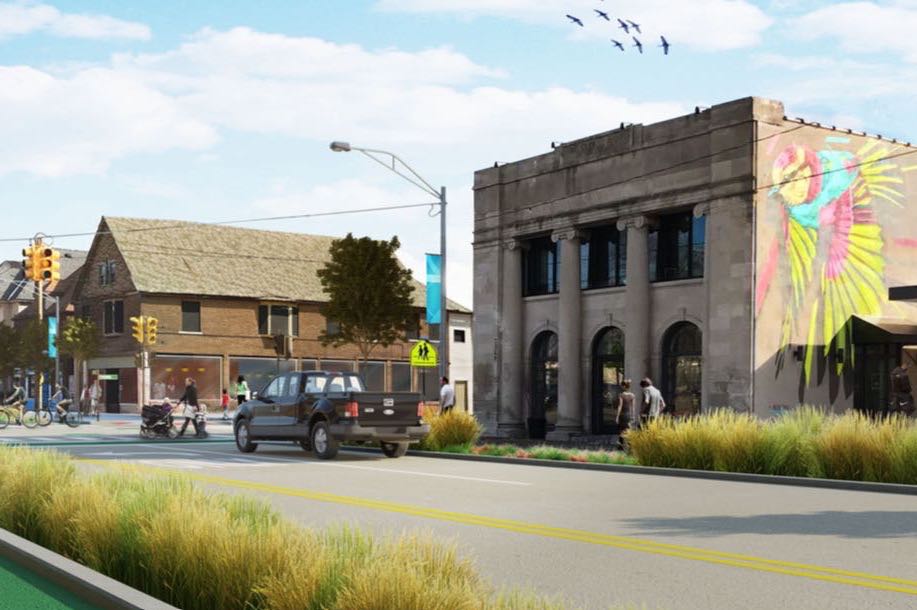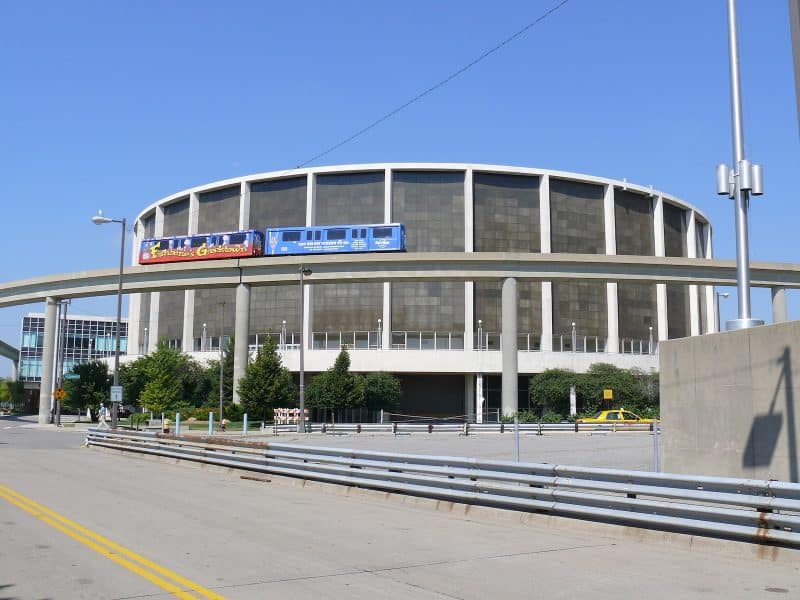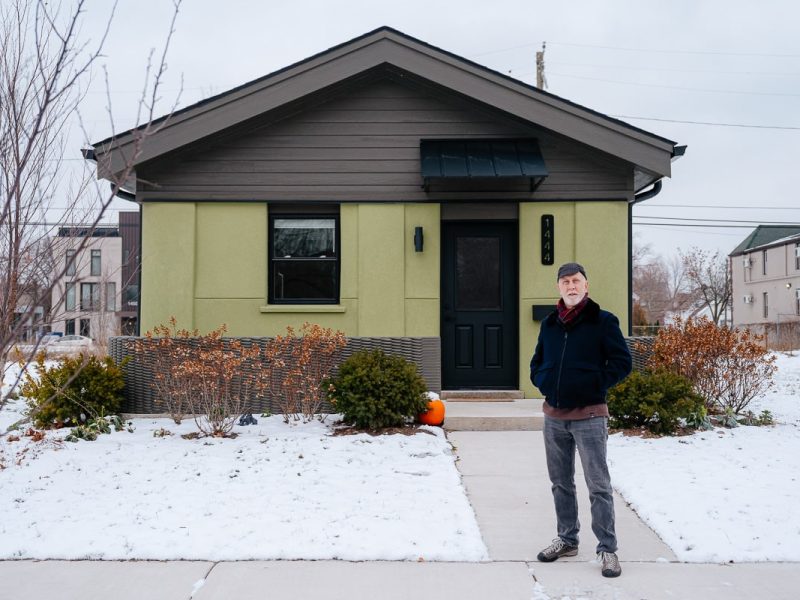Planning Talks: New historian for the city on why we must preserve neighborhood buildings
Jacqueline Taylor is the lead historian and cultural landscape specialist for the city of Detroit. Her job is to find ways to preserve the city's cultural and built history, with a particular focus on the neighborhoods.

Periodically, Model D will sit down with Maurice Cox, the city of Detroit’s Planning Director, or others in the department, to talk about important issues in planning the city’s future. This month, we spoke with Jacqueline Taylor, a historian who’s advocating for preserving neighborhood buildings and character.
In the past few years, Detroit has finally begun to show a true appreciation for the magnificence of its architecture. While it wasn’t soon enough to save the Lafayette Building, the Barat House, and some other great structures, the tide has certainly turned.
Bedrock has bought and renovated a number of downtown skyscrapers, the city has put out RFPs for other important buildings like the Lee Plaza, and it seems that most of the important buildings that can be saved, will be.
But Detroit’s preservation movement hasn’t extended far beyond the urban core. Historic buildings like the Vanity Ballroom and the Alger Theater, for which there is significant interest in redeveloping, have fallen largely on passionate local residents and community development corporations to maintain.
And those are the buildings that have an obvious cultural or architectural significance. What about those beloved by locals, but relatively unknown by the rest of the city?
Maurice Cox spoke about this problem in a previous interview with Model D, when he said the city will be working with the Urban Land Institute to develop principles of “tactical preservation” to prevent building deterioration to the point where redevelopment is no longer possible.
“It’s going to take a generation before those buildings find their appropriate reuse and resources,” Cox said. “So in the meantime, our strategy is to develop part of the building. Anything to turn that blight into an asset that keeps it in the consciousness of residents, that is productive … It’s one of most vexing challenges I’ve faced since coming here.”
One way he’s worked to advance this cause is by hiring Jacqueline Taylor. The lead historian and cultural landscape specialist for the city of Detroit, her job is to find ways to preserve the city’s cultural and built history, with a particular focus on the neighborhoods.
Taylor has an academic background in the history of art and architecture with a speciality in race and gender. She’s worked with Cox at several stops, including the University of Virginia and the City Center at Tulane. Last year, Cox recruited her to come to Detroit.
“I’m here because I saw an opportunity to use my skills and knowledge to better understand how we can highlight the significance of place and help save places in Detroit that are important to residents,” she says.
She’s had to quickly become acquainted with a city she knew little about. “I was given a tour when I got here and realized that Detroit was going to be a challenge. But I like a challenge.”
In order to bring attention to buildings and neighborhoods that need help with preservation, Taylor utilizes the traditional skills of a historian (interviews, archival research) alongside the tools of a planner (creative use of zoning, historic designations).
One often leads to the other. In order to make the case for preservation, Taylor will begin with research. She uses the term “daylighting,” which is often applied to redirecting streams above-ground, to describe much of her work.
“You have to demonstrate to the greater city the significance of this place,” she says. “The work highlights a neighborhood identity that’s no longer visible. The people who lived there remember it, but it’s not visible to the rest of the city or younger residents.”
Taylor “uncovers” the history of neighborhoods or buildings by doing extensive interviews with residents. Excerpts from this research will eventually make its way onto the city of Detroit’s website. It could also lead to art installations, plaques, or activating a building through programming that’s appropriate to the history of the place.
And making the case for a building’s significance might get it placed on the National Register of Historic Places or receive historic local designation, which decreases the likelihood it will be demolished. A whole neighborhood might be classified as a historic district or get rezoned with a historic overlay, allowing an area to maintain its character. Taylor’s gotten help from a working group in the city that’s designating buildings to protect them from demolition.
Hopefully, with the right mix of incentives and other planning efforts, these places will interest developers, allowing them to become activated again. “What I hope is that these neighborhoods will be revitalized, give people a destination, and increase walkability,” Taylor says.
In neighborhoods, narratives and histories of residents have largely been neglected. But Taylor believes the neighborhoods are just as important.
“To me, what’s really significant about a city are the stories of the people that lived there. Of course buildings like The Guardian are vital to the character of the city, and projecting an image of the city. But the neighborhoods are the places where people lived.”
Though she’s working all over the city, one area Taylor has spent a lot of time in is Dexter-Linwood on the west side. Those two commercial corridors were once the site of a dense African American business community. According to Taylor, there was a civil rights bookstore, the first African American-owned car dealership, a number of bars and restaurants — all African American-owned. Unfortunately the area has had trouble recovering since the ’67 Rebellion and following decades of disinvestment.
“It was a vibrant commercial strip for the people who lived in Russell Woods,” she says. “I want to highlight that history.”
Though plans are still in the early stages, she’s been learning more about the area and wants to help residents implement “artistic interventions to visually portray the history of spaces.”
There’s countless opportunities like this throughout the city. Taylor’s just getting started on her work, but it will be fascinating to watch what emerges from it.






